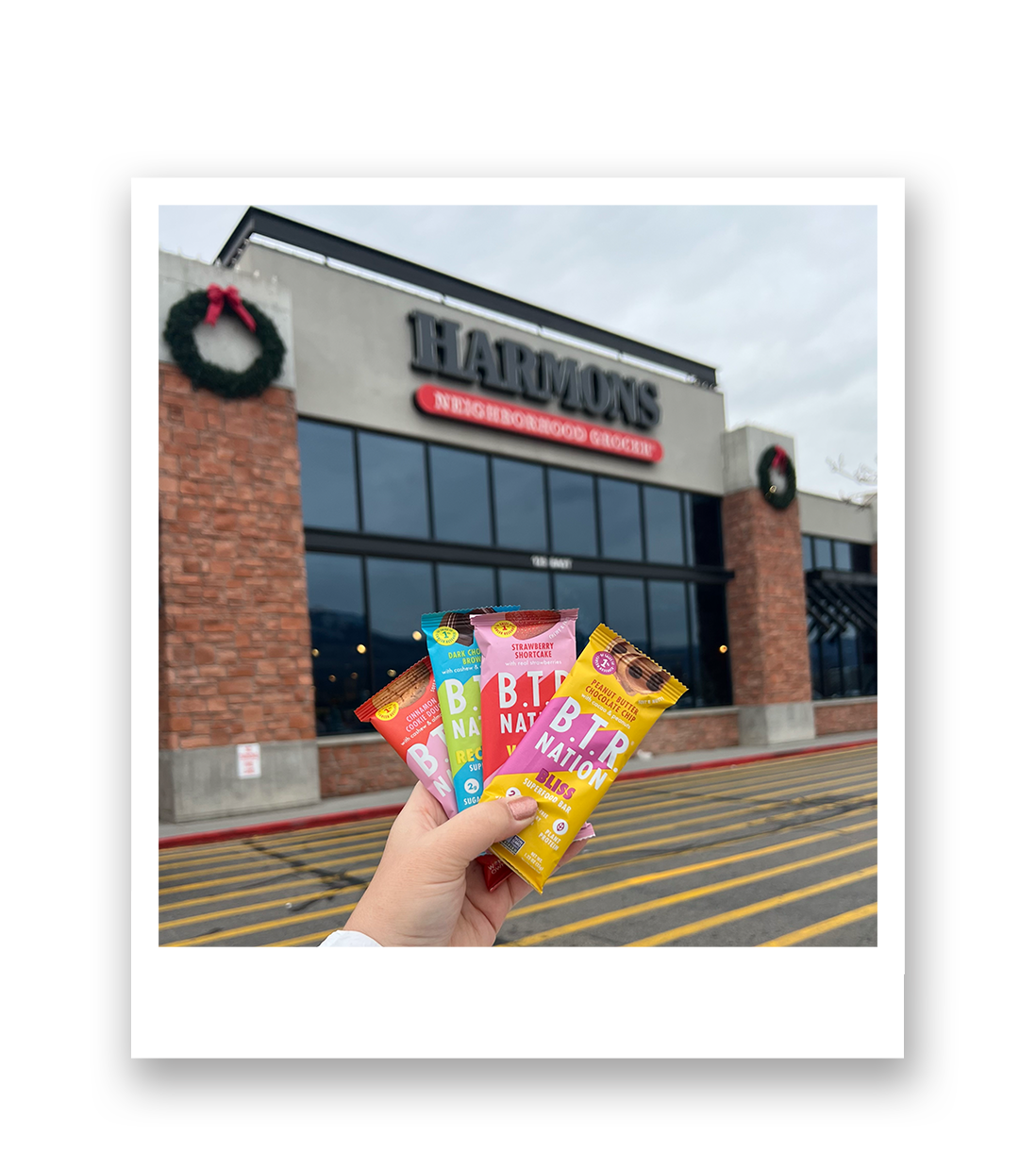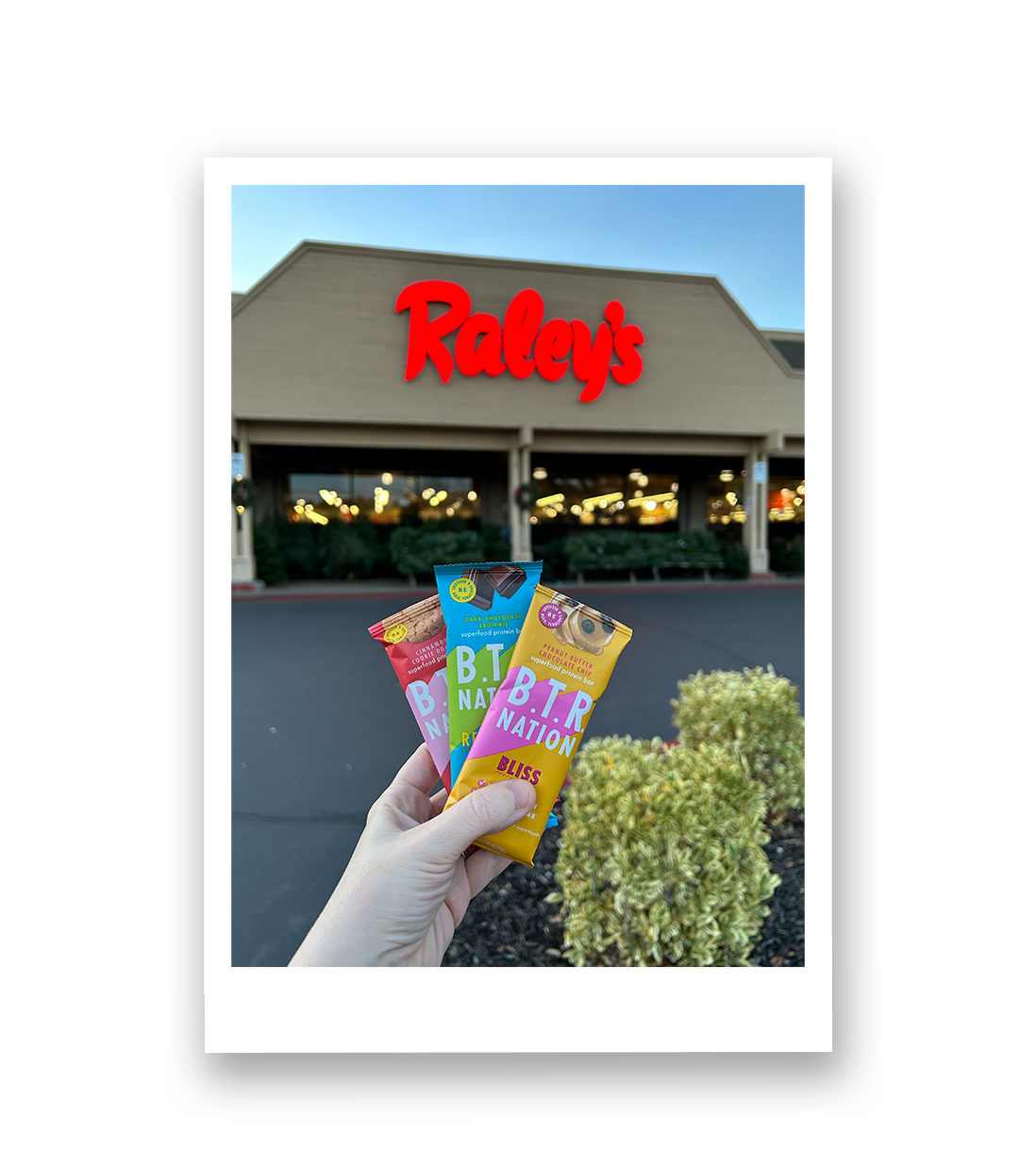The Unnatural Truth About "Natural" Flavors

WALK THROUGH THE AISLES
Pick a random aisle in any store and chances are you will run into several packages listing natural flavors as an ingredient. It is not uncommon to see packaged goods, from beverages to desserts have this term on its ingredient list. It seems innocent enough -- even healthy, after all what can be so wrong about something natural?
Well for starters what exactly is in this “natural flavor” that is being added? And why? Why is “vanilla natural flavor” or “chicken natural flavor” being used instead of the real thing? Why create mystery around the ingredients being used?
WHAT ARE NATURAL FLAVORS?
That is the million-dollar question. The FDA defines a natural flavor as:
“…the essential oil, oleoresin, essence or extractive, protein hydrolysate, distillate, or any product of roasting, heating or enzymolysis, which contains the flavoring constituents derived from a spice, fruit or fruit juice, vegetable or vegetable juice, edible yeast, herb, bark, bud, root, leaf or similar plant material, meat, seafood, poultry, eggs, dairy products, or fermentation products thereof, whose significant function in food is flavoring rather than nutritional…”1
Whew, that covers quite a lot of ground. Essentially, as long as a natural flavor’s origin comes from something in nature, it can fall under the natural flavor umbrella. Nutmeg? Yes. Cinnamon? Of course. Beaver glands? Yup -- wait what! Well, it falls under the natural flavor category and therefore can be used as a natural flavor enhancer. In fact, castoreum extract (from the castor sac scent glands of the beaver located dangerously close to the beaver’s behind) is generally recognized as safe and has the green light to be used as a natural flavor.2
Anything that can be used as flavoring that was not created in a laboratory can count as a natural flavor and therefore used to enhance or even mask an unsavory flavor.3
Despite their “natural origins,” natural flavors are quite similar to artificial flavors. The extra components in natural flavors include emulsifiers, solvents, and preservatives, known as “incidental additives.” This means they don’t need to be disclosed individually let alone listed at all. Thus, why all natural flavors are grouped together and labeled as such.
If it fits the description of a natural flavor, it’s fair game. Hmmm...
WHY IS THIS IMPORTANT?
Aside from the fact that some people may not find the ingredients in natural flavors appealing (cough, cough...beaver glands), there are several other reasons to note when trying to decipher the natural flavor(s) on a nutrition facts label.
First, when using such a broad term, it is hard to pinpoint exactly what is being added to a product. This information is especially necessary for someone with a food allergy or sensitivity. Someone who has a sensitivity to nightshades may want to know if tomatoes or chiles were included as seasoning in those BBQ chips. Could the cumin you are sensitive to be part of the “natural flavor” in your favorite bottled dressing? Knowing exactly what is in your food is important, however it can be very challenging to identify which ingredients are being used when a label does not outright list every single ingredient.
Natural flavors can be challenging for those who maintain a plant-based or vegan lifestyle. Once again, not knowing what is in a product makes it hard to determine if something can be eaten. There is little argument that animal products belong under the “natural” category and therefore can be used to flavor food. Rendered animal fat for example can be added as a natural flavor since it checks off all the criteria, yet does need to be highlighted in the ingredient list. It is possible for someone abstaining from meat to pick up a packaged food containing animal products without even knowing.3
Genetically-modified organisms (GMO’s) can also be used successfully to enhance flavor.5 Surprisingly, under the FDA definition, an extract from a GMO crop is still considered natural. So what’s the big deal? Regardless of where you stand on the GMO conversation, it is crucial to note that even after decades of use scientists have not reached a consensus on GMO’s safety.6 The verdict is still up in the air, especially since we do not know what the long-term repercussions can be, yet it’s application as a flavor enhancer can still be used (and labeled as “natural”).
WHY BTR NIXES NATURAL FLAVORS
Making informed decisions is important to us. We want you to know what you are eating. Maybe not all natural flavors are loaded with unnecessary chemicals. But as things stand right now, we just don’t have enough data to understand exactly what’s in “natural” flavors. That’s why there’s no need to hide what’s in our bars – in fact we are proud of the ingredients we use. Every Single. One. Of. Them. We feel the only way to be bold, tenacious, and resilient is to not keep secrets (we pinky swear). We want everyone to feel comfortable knowing exactly what’s in the bars they are eating. Bite after delicious bite.
B A C K E D B Y S C I E N C E:
- https://www.accessdata.fda.gov/scripts/cdrh/cfdocs/cfcfr/cfrsearch.cfm?fr=101.22
- https://pubmed.ncbi.nlm.nih.gov/17365147/
- https://books.google.com/books?hl=en&lr=&id=QO-yDwAAQBAJ&oi=fnd&pg=PA117&dq=natural+flavors&ots=mUSdkmG40W&sig=ME4Dwi2x7EV3IWvqvNXUMJGVpoI#v=onepage&q=natural%20flavors&f=false
- https://www.ncbi.nlm.nih.gov/pmc/articles/PMC2515351/
- https://pubmed.ncbi.nlm.nih.gov/18375112/
- https://enveurope.springeropen.com/articles/10.1186/s12302-014-0034-1
---
These statements have not been evaluated by the Food and Drug Administration. This product is not intended to diagnose, treat, cure, or prevent any disease.












Leave a comment